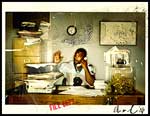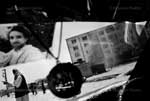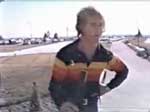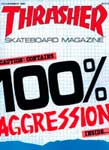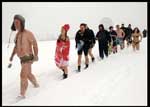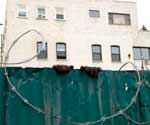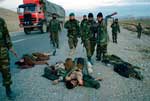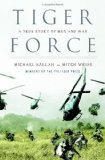
Wallspankers:
ISSUE THREE STICKER CONTRIBUTIONS:
9.10do, 37 Cents, Air, Alex Robbie, Alexandro Farto, Amy Rice, Blessness, Bloodlet, Capish, Collette Elson, Danny Glix, Deadvolt, Debbie Hill, Demitri Nezis, Dolla Lama, Downtimer, Dres13, Emecuatro, Fabrice D, Fost, Hero, Jamaisvu, Jessica Monster, Jontando, Junichi Tsuneoka, Jurne, Justin G, Lala, Lisenbart, Lococateters, Logan Shirah, Lopez, Michael Metallo, Mike Walshe, Lerk, Angel D’amico, Brandy Flower, 57Even, Andrew Cook, Brian Butler, Chuck Trunks, Destroy All Media, Elider Elizondo, Ipxls, Matt Buden, Mista Breakfast, Munk One, MWM Graphics, Randy Laybourne, Rockabilly, Zoso, Monster Little, Mr. Bluespoon, Mr. Luke, Mr. Snub, Naste, Nevarestin, Nomad, Nuse, Odhill, One Trick Pony, Past, Paul Galaxy, Paulo Arraiano, Pedro Lourenco, Peel, Phlegm, Reone, Ryan North, Stephanie Toppin, Sticky, Street Carp, The Sound Of Drowning, Vhs, WUT Crew, Zerohapi, Ziqi.
Here.







